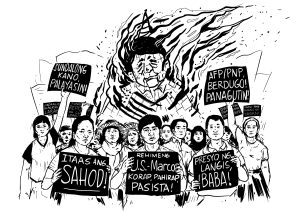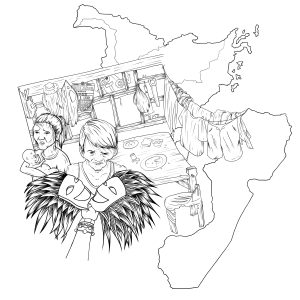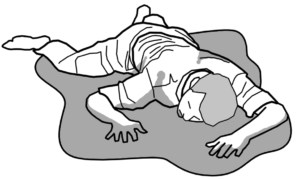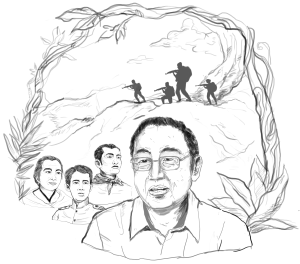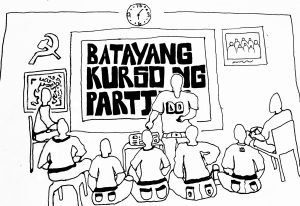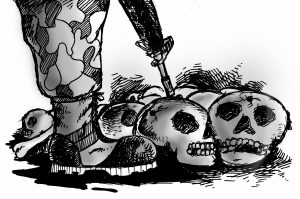Correspondence Batangas sugar workers put up with bitter coffee

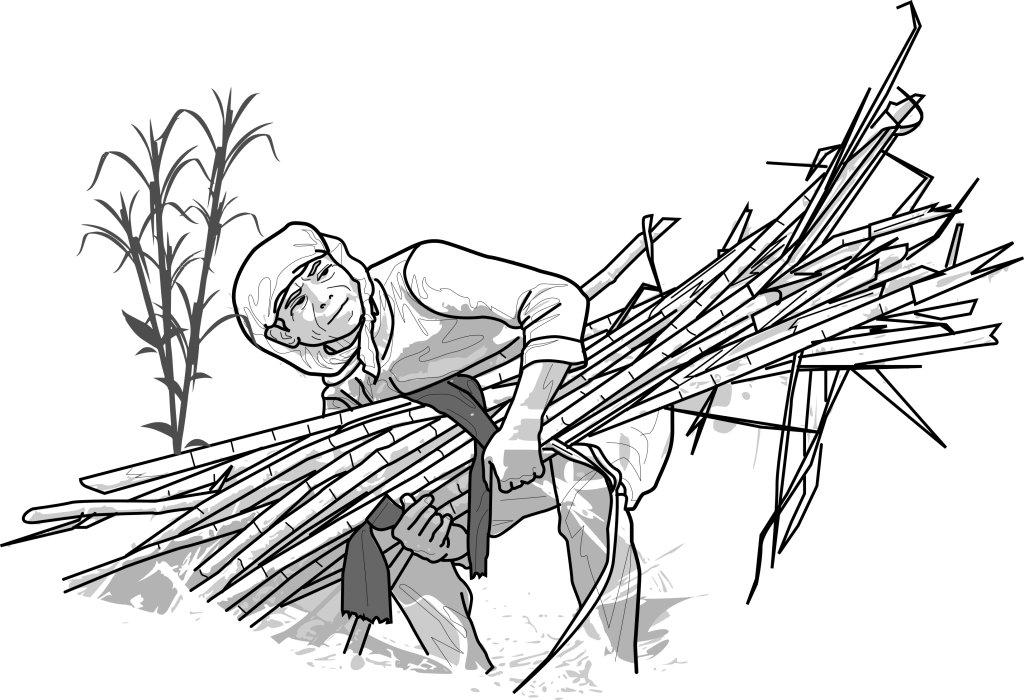
Sugar prices rise in the market but the price of the sugarcane per ton remains the same. Such is the grievance of Tatay Torres, a worker in sugarfields in Tuy, Batangas. He is among the oppressed masses being squeezed dry by landlords and big bourgeois compradors who control and live on sugar industry profits.
In Batangas, approximately 60,000 hectares of agricultural land are devoted to sugarcane, with more than 26,000 hectares concentrated in 16 landlord families. Small farmers who own or mortgage their land typically have only 1-3 hectares.
Feudal and semifeudal exploitation persist from manual sugarcane land preparation, planting up to the sugar centrals. The tenant system exists in the form of 50-50 share in production costs between farmers and landlords, or where the farmer shoulders all production costs. Peasants are forbidden from planting other food crops in the sugarcane fields.
Landlords and big merchants practice gross fraud to earn bigger profits. They change the rates after sugarcane is harvested, rig the weighing scales in the sugar mills, and manipulate sugar prices. They raise the costs of transportation, milling and loan interests. Driven by greed, they even withhold the molasses traditionally given to families of sugarcane farmers and workers.
Sugarcane cutters like Tatay Torres are employed by landlords or planters only once a year. Their work covers cutting, loading and piling the sugarcane in the truck. Usually, a group is composed of 12-15 people. They can finish one hectare of land in a week. They can reap 15 to 30 tons of sugarcane per hectare.
The sugar centrals where cut sugarcane are brought control the prices. For a long time, there were two centrals in Batangas: the Central Azucarera de Don Pedro (CADP) in Barangay Lumbangan, Nasugbu; and the Batangas Sugar Central, Inc. (BSCI) in Barangay Caloocan, Balayan. The bourgeois comprador Roxases own the CADP and the Dolor family owns the BSCI. Sugarcane farmers are confronted with the problem of the recent closure of the CADP because BSCI can only process 4,500 metric tons (MT), compared 12,000 MT per day of CADP. The closure will affect 4,584 farmers.
The central currently purchases sugar at ₱250 per ton. With a maximum yield of 30 tons per hectare, a 12-person group of sugarcane workers can earn ₱7,500 or ₱625 each. From this, ₱20 per person will be deducted as payment fee for the group leader (kabo). The group leader typically works with the group. Thus, the sugarcane workers normally earn around ₱605, while the kabo earns ₱845 for every hectare.
With the small income, they work doubly hard covering wider and more fields to earn more income for their families. They also have to pay the money they borrowed to provide for themselves and their families. Usually, they can only bring home ₱300 or less per hectare of net income. With the fall of sugar prices due to flooding of imported sugar, wages of sugarcane workers are further pulled down. To cover their lack of income, Tatay Torres and other family members work other jobs.
Tatay Torres is usually left with almost nothing and will try to squeeze his small earnings to buy basic needs. He could not even afford to buy sugar. “I could no longer finish my coffee. It’s bitter,” laments Tatay Torres. “All sugar-based food today, even bread, are so expensive.”
Tatay Torres calls on the millers to raise sugarcane prices per ton. “People know how high sugar prices are! Sugar prices go up, but sugarcane prices remain low.”
Tatay Torres is confident that if sugarcane workers like him, along with small land-owners and those who have mortgaged their land will unite, they could fight for fair prices of sugarcane. “If no one brings sugarcane, the mills won’t earn a profit!” Tatay said.

